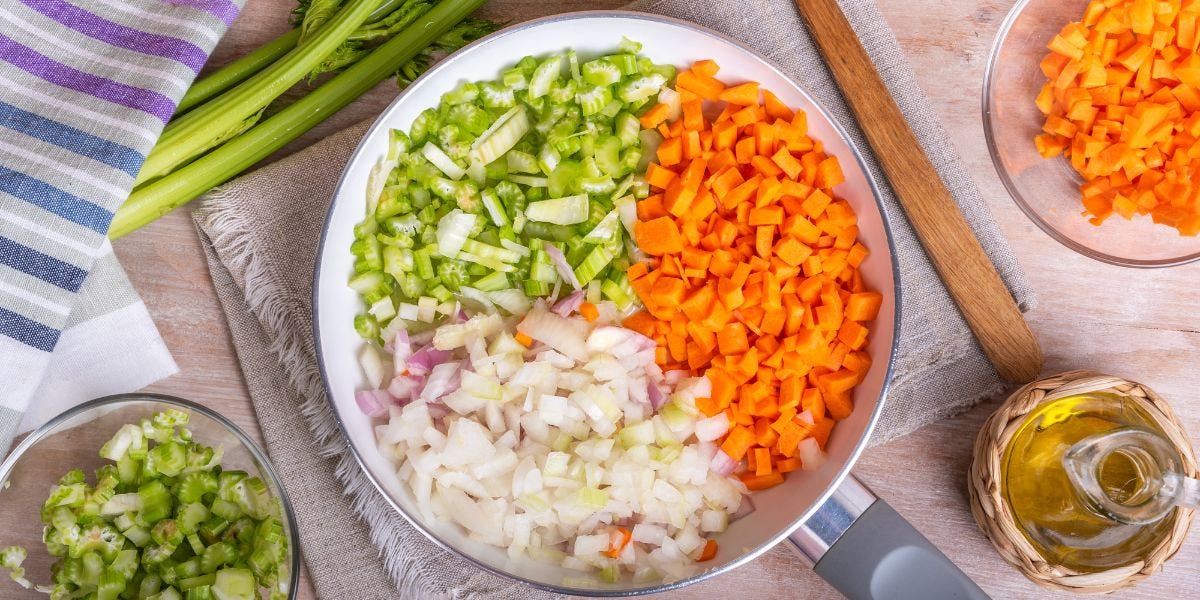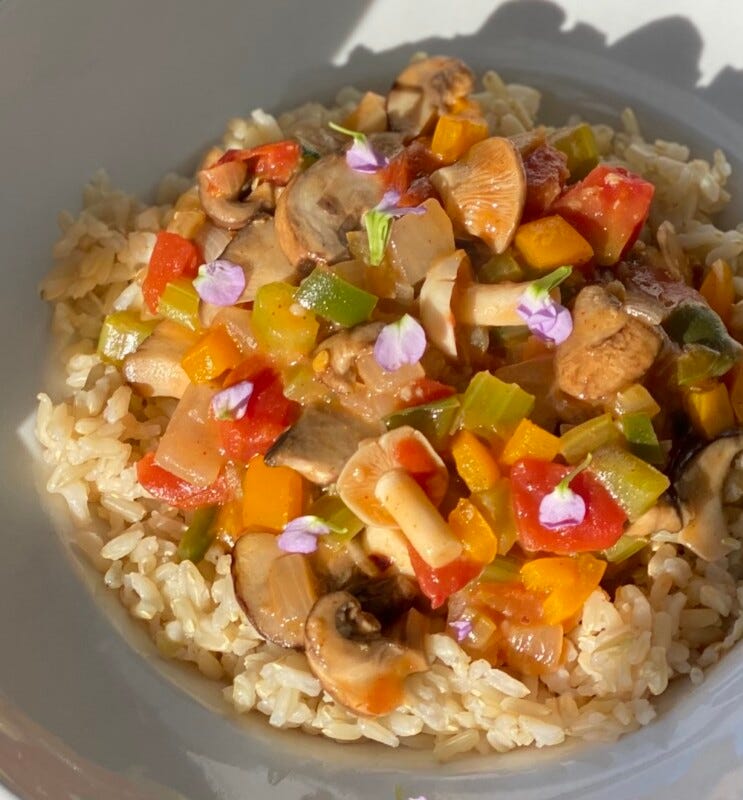Broccoli Rising, Jazz, and Creole
“The beauty of music is its possibilities for mutation, and that mutation represents a larger global idea: global coexistence.”
August Darnell, better known as Kid Creole
African, Native American, French, Spanish, Caribbean — stir them all together and you’ve got jazz. The same delicious mix of cultures comes together in the kitchen as Creole cuisine. Both jazz and Creole cookery start with a basic structure and then push off in all directions, offering endless riffs, swoops, and joyful abundance. Both are the pride of New Orleans.
Jazz has its roots in New Orleans, but too big to be contained, it spilled out far beyond. It’s considered a true American art form. Creole is still linked with New Orleans, and it’s what you want to taste when you visit. But you can — and should — taste the whole world’s Creole. Creole is the Afro-French dialect of islands including the Seychelles, and closer to home, Haiti and St. Lucia,. Even Miami has its own unique patois. Our cookery, too, reflects all the invaders and immigrants who brought their foodways with them. It may sound like a crowded, conflicted kitchen, but the result, be it New Orleans, the Caribbean, or Miami is like jazz, an improbable harmony.
New Orleans. Caribbean and Floribbean Creole each start with the core ingredients of their regions then spin. layering on technique and flavor to create a party in the mouth. A classic French mirepoix translates into the New Orleans threesome of onion, pepper and celery. Together, these simple vegetables form the flavor-building aromatic threesome known as the holy trinity. Where many Creole recipes begin. Hereabouts, where the influence is more Latin, we call it sofrito. Sometimes, we add a tomato. Sometimes, we add citrus. And as with every flavor of Creole from New Orleans to the Seychelles, we do not fear chile, we grow it. Formality gives way to fun.
There was a time I’d bristle with indignation when someone lumped Creole and Cajun cooking together, or confused Puerto Rican sofrito with Cuban sofrito. I’ve mellowed. Music, language, cuisine, they all have a point of origin but build, borrow, and blend ingredients and influences, evolving over time to emerge fresh and new .
The same is true of our own bodies, composed of cells that regenerate themselves every so often. You might be rocking a whole new set of cells, but you’re still you.
An etouffée made with mushrooms, not shrimp, is still Creole. Jazz can be Ella Fitzgerald, Dave Brubeck, and the Marsalis family. It’s all jazz.
We are each of us a mixtape, a unique delicious blend of everyone and everything that came before us. It’s all good It’s all Creole.
Here’s a feast of every kind of Creole, plantbased of course:
Zanzibar pilau, from Hawa Hassan’s In BiBi’s Kitchen: The Recipes and Stories of Grandmothers from the Eight African Countries that Touch the Indian Ocean
Paid subscribers, don’t forget my tempeh Creole recipe. It’s a keeper.
Free subscribers, upgrade now and get access to tempeh Creole and all exclusive recipes, interviews, cooking classes and more, including Holy Trinity Green Beans with Creole Mustard Vinaigrette, aka Creole String Beans. Heard them at New Orleans Jazz Fest. They’re not jazz, they’re swamp pop, and they’re fun.
The Creole holy trinity of onion, pepper, and celery are usually treated as aromatics, chopped fine then cooked down to build flavor in recipes. Here, they get special guest star status, roasting along with the green bean. Roasting them creates caramelization, breaking down their natural sugars, concentrating the flavors. It turns the beans and celery tender and the onions and peppers sweet. Then everyone gets tossed with a not-shy Creole mustard vinaigrette.








